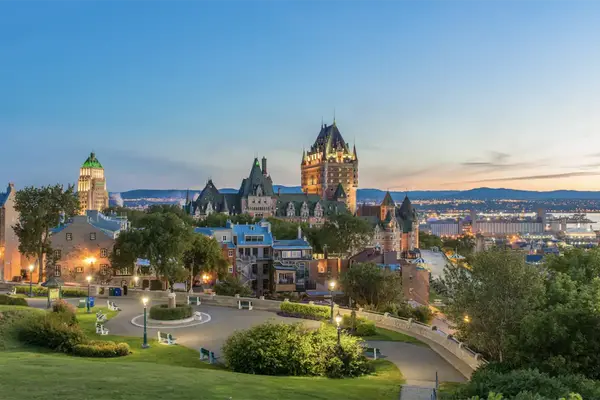6 fascinating finds on one of the world’s most remote islands
 Abigail Healy
Abigail HealyA remote island in the South Atlantic Ocean, St Helena is home to a wealth of historical experiences just waiting to be discovered by your customers
A tiny British Overseas Territory in between Africa and Brazil, St Helena is a subtropical, volcanic island and, despite its diminutive size, offers an incredible history.
VISIT THE TTG ST HELENA SELLING GUIDE
From a place of exile for prominent prisoners including around 6,000 Boers, King Dinuzulu, Bahraini princes and, most famously, Napoleon, to a place of interest for scientists such as Charles Darwin and Edmond Halley, this isolated island has an intriguing past that will pique your clients’ curiosity.
For inquisitive travellers keen to explore, here are six history-based experiences to recommend:
1. Step inside Longwood House
More than 200 years ago, the French emperor Napoleon was exiled and brought to St Helena. Here he resided at Longwood House until his death in 1821. The property is now a museum attracting around 7,000 people each year. Visitors can also explore two other significant Napoleonic sites on the island: the Briars Pavilion – where Napoleon stayed while Longwood House was built, and The Tomb, where he was buried until his remains were returned to France in 1840.
2. Stroll along Main Street
Originally discovered by the Portuguese in 1502, St Helena became a Dutch, then a British possession. It was a strategically important port of call during the British Empire, until the opening of the Suez Canal and the advent of steamships. The capital, Jamestown, features a number of historically-significant buildings, with Main Street hailed as one of the finest and most well-preserved examples of Georgian architecture in the world.
3. Dive down to the shipwrecks
History fans can also discover plenty below the surface of the ocean surrounding the island. Eight shipwrecks are popular sites for snorkellers and divers, with spots ranging from a Royal Fleet Auxiliary (RFA) tanker sunk by a German U-boat during World War Two, to a Dutch ship that exploded in battle with the Portuguese, scattering diamonds it carried onboard, never to be seen again.
4. Quietly reflect at slave burial grounds
St Helena played a crucial role in the abolition of slavery. After the practice was outlawed, British vessels intercepted slave ships en route to the Americas from Africa. More than 25,000 liberated slaves were brought to the island between 1840 and 1872 due to its strategic location in the South Atlantic, but sadly many of these individuals did not survive and were buried in Rupert's Valley.
During the construction of the island's airport, 325 human remains were unearthed and it's estimated more than 8,000 men, women and children are buried along the hillsides and valleys. In August 2022, a community memorial service was held to return the 325 unearthed remains to rest in Rupert's Valley.
5. Taste traditional cuisine
A melting pot of nationalities, St Helenians, or “Saints”, are renowned for their friendliness. Visitors can experience a sense of stepping back in time as the friendly locals pause to chat and share their proud sense of community. This blend of diverse nationalities is reflected in the island’s local cuisine. Iconic dishes include Plo – a one-pot, curried rice dish made with meat or fish, and vegetables; a creamy Saint curry; legendary St Helena fishcakes; and coconut fingers – a local delicacy of iced Madeira sponge cake coated in coconut.
6. Explore High Knoll Fort
St Helena is home to many accessible forts and batteries that date back centuries. Most are dotted along the coastline but the largest, most prominent one – High Knoll Fort – stands more than 600 metres above sea level inland, overlooking settlements and the ocean beyond. Despite being built in 1790, the fortress was never called into action to protect the island. Today the fort is open to visitors, having been restored and reopened in 2015 and, given its lofty position, it offers stunning views of the island as well as interesting historical insights.
Further information
- Visit the TTG St Helena Selling Guide
- Explore sthelenatourism.com
- Connect with St Helena Tourism on Facebook
- Follow St Helena Tourism on Instagram
- See more St Helena scenes on YouTube
Sign up for weekday travel news and analysis straight to your inbox

Abigail Healy
Supplier Directory
Find contacts for 260+ travel suppliers. Type name, company or destination.

















